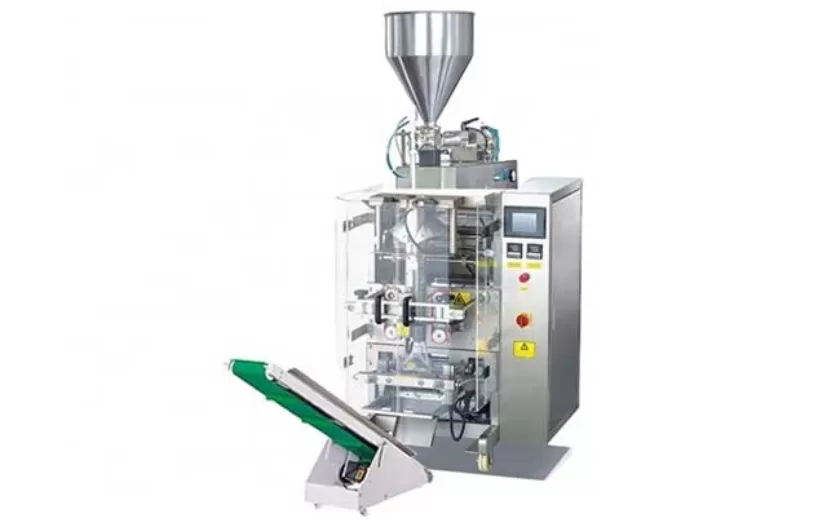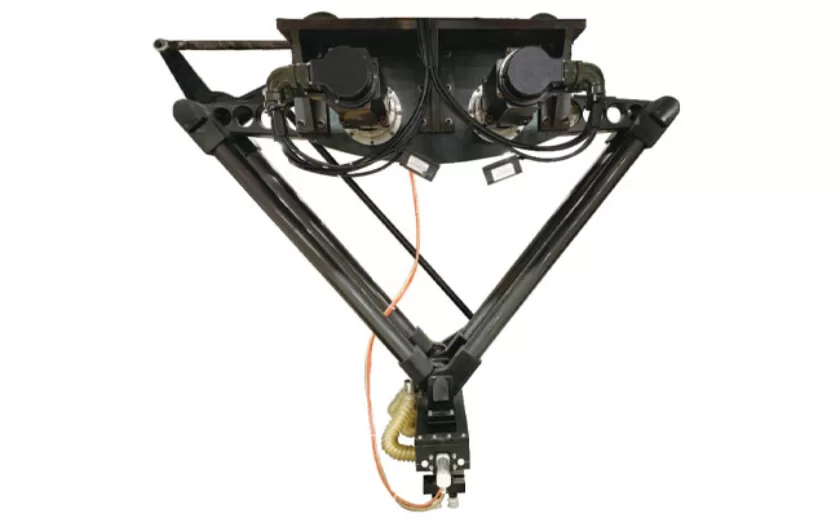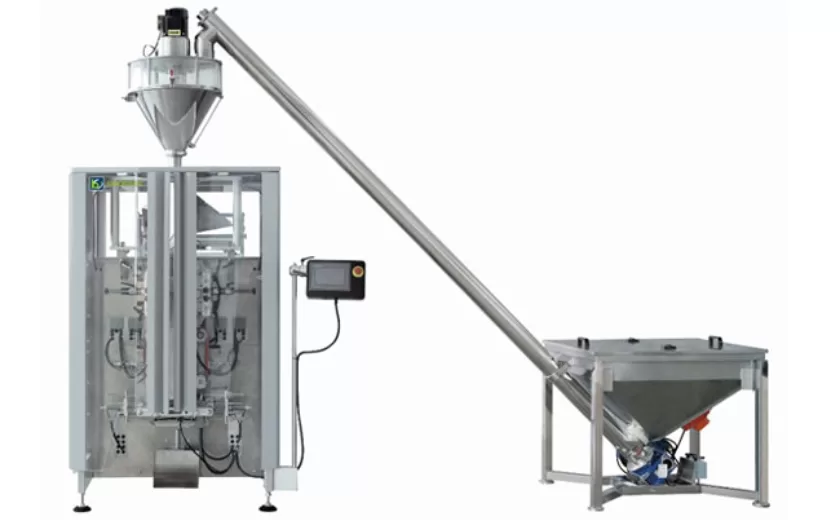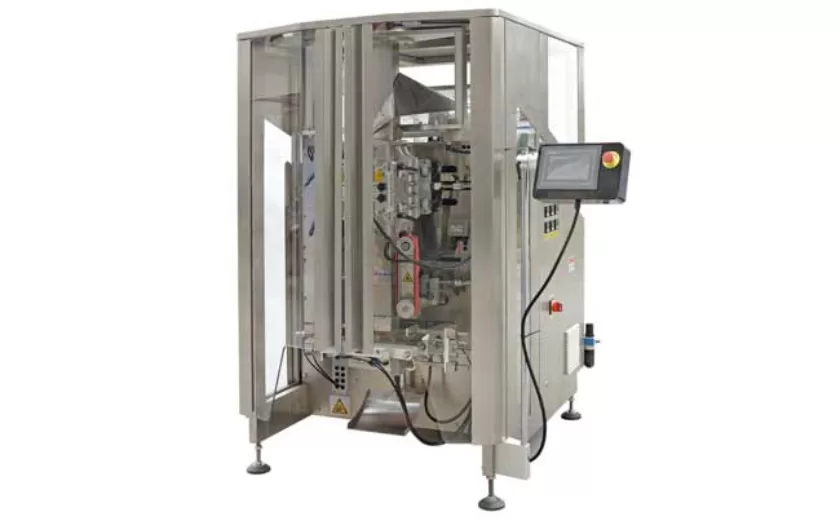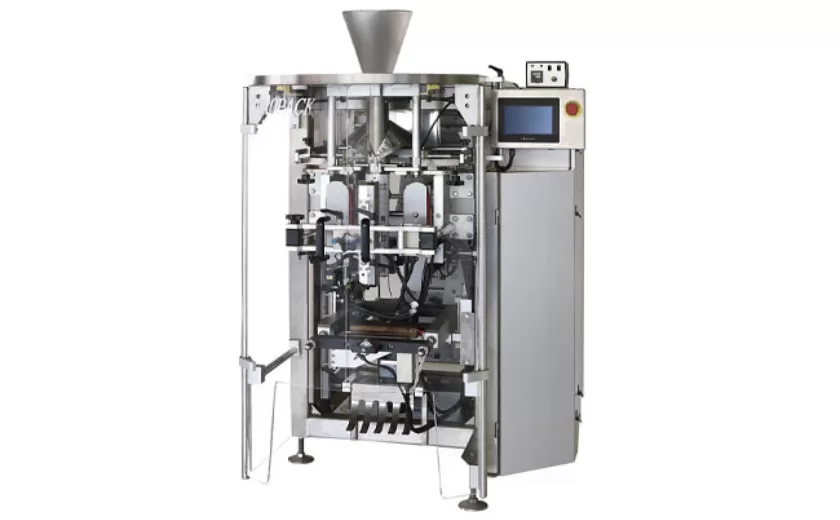Eco-Friendly Packaging Solutions for Garlic Paste- A Guide
Introduction
The increasing awareness of environmental sustainability has propelled a shift towards eco-friendly packaging solutions across various industries, including the food sector. Garlic paste, being a widely used culinary ingredient, presents an opportunity for innovative and eco-conscious packaging methods. This guide explores different environmentally friendly packaging options for garlic paste, highlighting their benefits and advantages.
Biodegradable Packaging
Materials:
Biodegradable packaging typically utilizes plant-based materials such as cellulose, starch, or bamboo, which decompose naturally. These materials reduce the burden on landfills and contribute to circular economy models.
Benefits:
Breaks down into harmless substances within a short timeframe.
Does not contribute to microplastic pollution or ocean acidification.
Can be composted at home or in industrial facilities, fostering soil health.
Compostable Packaging
Materials:
Compostable packaging materials include polylactic acid (PLA), a plant-based bioplastic derived from renewable resources like corn starch. These materials can be broken down by microorganisms under specific controlled conditions.
Benefits:
Breaks down into organic matter within a commercial composting environment.
Provides a closed-loop solution by converting packaging waste into nutrient-rich compost.
Reduces greenhouse gas emissions compared to traditional plastic packaging.
Reusable Packaging
Materials:
Reusable packaging involves using materials that can be washed and reused multiple times, reducing the need for single-use containers. Common materials include glass, metal, or durable plastic.
Benefits:
Significantly reduces waste generation by eliminating disposable packaging.
Conserves resources by extending the lifespan of packaging materials.
Encourages consumer awareness and participation in waste reduction efforts.
Paper-Based Packaging
Materials:
Paper-based packaging uses sustainable forestry practices to source cellulose fibers, which are converted into biodegradable paper or cardboard. These materials are renewable and can be recycled multiple times.
Benefits:
Derived from renewable and sustainable plant resources.
Can be easily recycled and integrated into existing recycling streams.
Provides a lightweight and versatile packaging option that minimizes environmental impact.
Minimalist Packaging
Concept:
Minimalist packaging focuses on reducing the amount of packaging used while ensuring the product’s safety and quality. This approach eliminates unnecessary layers, air pockets, and bulky materials.
Benefits:
Conserves resources by minimizing material usage.
Reduces transportation costs and carbon footprint associated with packaging weight.
Promotes sustainability by advocating for efficient and effective packaging practices.
-
Advanced Packing Solutions: Snacks, Sugar, and Frozen Food Machines
29-10-2025 -
Efficient and Reliable Solutions for Salt, Nuts, and Frozen Dumplings Packing
29-10-2025 -
High-Performance Biscuits, Lollipop, and Ketchup Packing Machines for Modern Food Production
29-10-2025 -
Efficient Liquid Filling and Packing Machines for Modern Production
23-10-2025 -
Reliable Granule Packaging Machines for Efficient Production
23-10-2025 -
Efficient Auger Powder Filling Machines for Accurate Packaging
23-10-2025 -
High-Performance Liquid Filling and Packing Machines for Hygienic Production
10-10-2025 -
High-Efficiency Granule Packaging Machines for Precision and Speed
10-10-2025 -
High-Precision Auger Type Powder Filling Machines for Efficient Packaging
10-10-2025 -
Efficient Vertical Form Fill Seal Packaging Machines for Smart Production
10-10-2025





